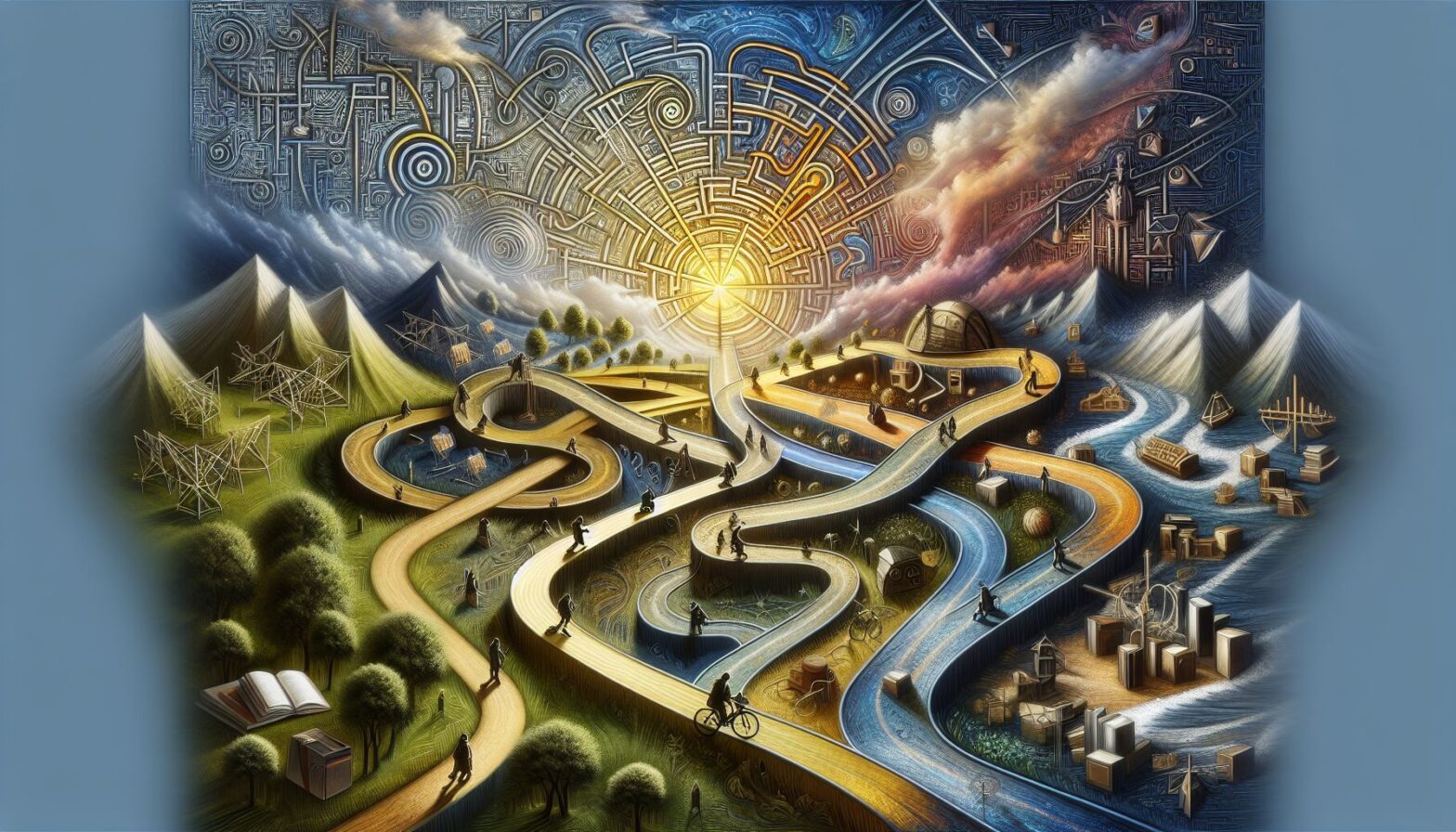While the traditional brick-and-mortar classrooms have been the time-honoured arenas of imparting education, today’s dynamic educational landscape demands a broader perspective. In this multifaceted universe of learning, travel emerges as a powerful tool, fostering holistic development and active immersion in experiential knowledge. Now, let’s embark on a sojourn, a learning journey where the globe itself becomes our classroom.
When we tether travel and education together, we inadvertently bring an innovative merger of authentic experiences and theoretical understanding. This mélange not only fuels our intellectual curiosity but also instigates our emotional and social growth. Through this synthesis, we gain an enriched understanding of history, culture, languages, and human behavior – exclusively experienced, not just painstakingly memorized.
One innovative educational theory that reignites this exploration is “Experiential Learning”. Spearheaded by David Kolb, this learning method posits that knowledge is acquired through experiences. It offers an unconventional learning format where students engage in direct experiences followed by reflection, conceptualization, and applied experimentation. Travel fits this paradigm perfectly, offering a litany of experiences that expand and diversify learning materials beyond dated textbooks.
Embarking on a journey to a historically rich destination or a culturally diverse city provides a first-hand exposition of the subjects. Think of the thrill and enlightenment of visiting Galapagos Islands while learning evolutionary biology or standing in the ruins of the Colosseum while studying Roman history! The immersion in the local culture and language also develops a global citizen with cultural sensitivity and understanding – critical skills in today’s interconnected world.
Similarly, ‘Project-Based Learning’ is another teaching methodology that coalesces beautifully with travel-based education. Here, students learn by actively engaging in real-world challenges. For instance, a geography lesson that involves mapping out a physical trail on a hiking trip or an environmental science project that involves a beach cleanup campaign. By incorporating travel, these hands-on projects trickles down into real-life problem-solving, team management, and leadership.
Nevertheless, we must consider that the blending of travel and education is not without challenges. Accessibility, financial constraints, and disruption in traditional class structure are valid concerns that need solutions. However, with the advent of virtual reality and augmented reality technologies, the assimilation of travel into the learning process is more viable than ever before. Virtual tours, digital simulations of historical events, or immersive language learning apps can transport the learner to different places and times, making learning an exciting and enriching journey.
As we delve into the future, even as virtual becomes the new reality, we cannot undermine the importance of physical travel. The soft skills, global awareness, and real-life connections it fosters are invaluable. Thus, the challenge lies in leveraging technology to create inclusive and economical travel-learning experiences.
Looking ahead, it’s essential to consider how travel can further shape education landscapes. By invoking the wanderlust in our pedagogy, we make room for creativity, curiosity, and intrinsic motivation in the learning process. The road to academic growth could then be a literal and metaphorical journey – not confined within four walls but boundless, experiential, and immersive.
In conclusion, the rhetoric around travel-infused education has just begun to flourish. The blending of travel with pedagogy can redefine ‘classroom’ as an expansive and transformative concept beyond the conventional territories. The future trajectory is toward a paradigm where voyages become an intricate weave in our life-long learning – a steadfast student backpacking worldly wisdom.

